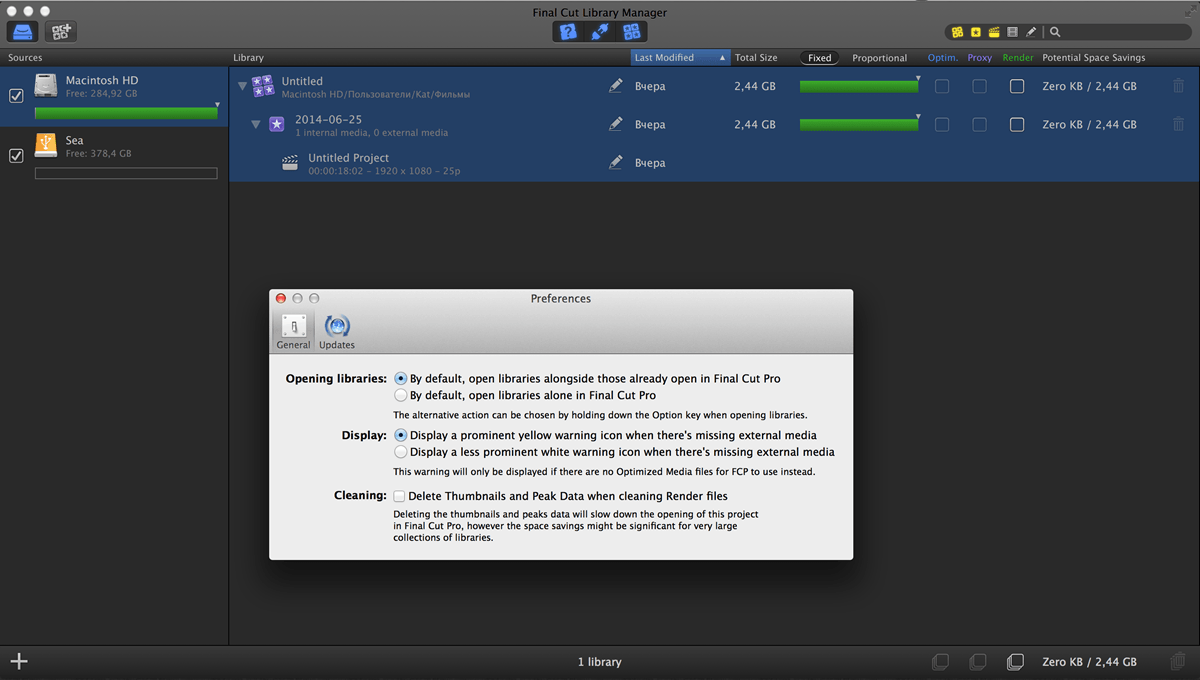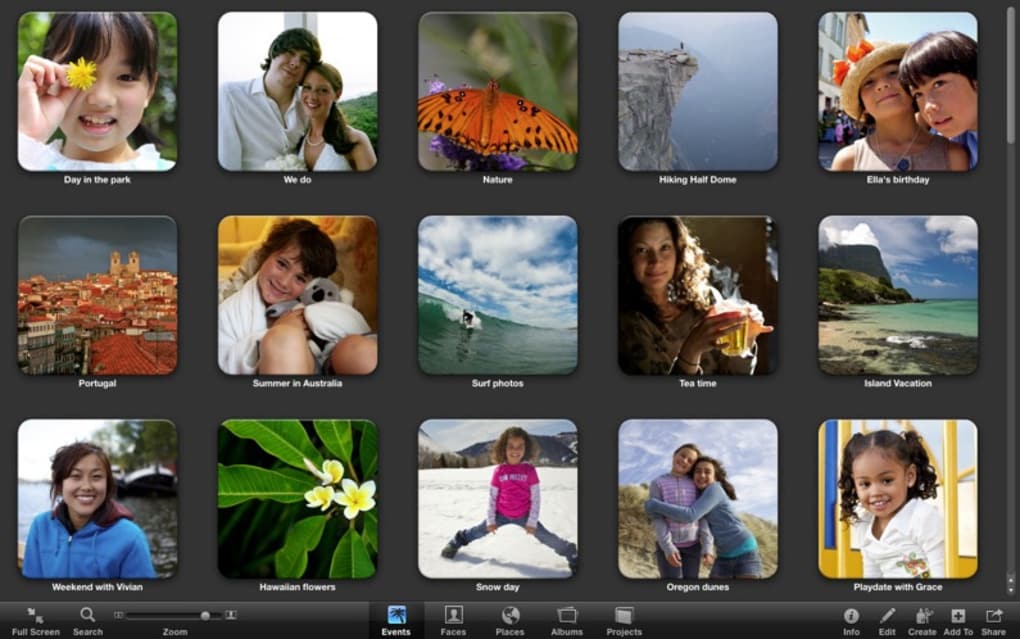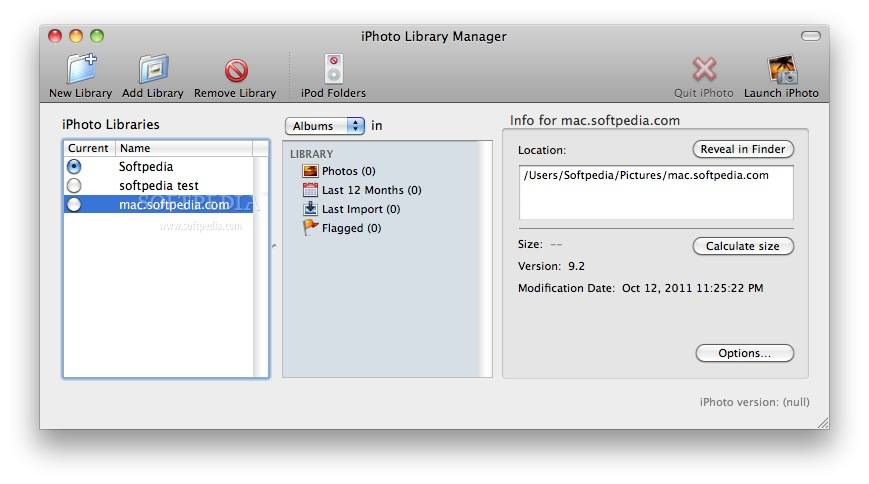
- #MAC IPHOTO LIBRARY MANAGER FOR MAC#
- #MAC IPHOTO LIBRARY MANAGER FULL VERSION#
- #MAC IPHOTO LIBRARY MANAGER DOWNLOAD#
Also, and equally important, my organization (albums & folders) did not transfer to Photos. My data was transferred when my old Mac died several months ago but iphoto did not transfer and many images were missing from the Photos program. In the meantime, you can always create new libraries and use separate libraries by switching between them by using the Option key on Photos app launch. Being able to directly merge libraries together would be pretty useful, so it’s possible that such a feature could be introduced into future versions of Photos for OS X. You can do that through the File > Import menu item, or by dragging and dropping images from one library into another using the file system. If you’d like to merge two different libraries, well, at the moment, there is no way to directly perform a merging of an iPhoto library with a Photos library without manually intervening and importing photos on your own.

If you already have a busy Photos library, you’re going to be working with two different image libraries now, which is why it’s generally best to allow Photos app to pull in your iPhoto or Aperture library on first launch. Let Photos app import the iPhoto library, it should happen almost immediately but very large libraries or those stored on slower external volumes may take some time.Otherwise, select “Other Library” and navigate to the location of the iPhoto library you wish to import into Photos app, then open it as usual.If you see the iPhoto library in the list, simply select it and choose “Choose Library” to open it within Photos app.Relaunch the Photos app and immediately hold down the Option key until you see the Library selection screen, then choose one of the following options:.

Quit out of Photos app (and iPhoto) if you haven’t done so already.Moving an iPhoto Library into Photos App of OS X
#MAC IPHOTO LIBRARY MANAGER FOR MAC#
While limited in its functions, iPhoto Library Manager for Mac works well as a basic photo file manager.Įditors' note: This is a review of the trial version of iPhoto Library Manager for Mac 4.0.6.Much like making an entirely new Photos library in OS X, you’ll need to use the Option key during application launch to be able to migrate an iPhoto library into Photos app. While iPhoto Library Manager for Mac does not advertise itself as a photo editor, some basic editing features would have been a welcome addition to the program, rather than simply directing the user to iPhoto. Users can also merge libraries as well as locate and delete duplicate photos, a welcome option for those who are in need of hard drive space.

The graphics associated with the buttons are easy to read. These allow creation of new libraries, adding existing libraries, and opening iPhoto for further editing. After the program automatically loads the photos available on the computer, the user can select from a number of buttons along the top row of the program. Support for updates appeared to be available and, while there were no easily located instructions, the program's menus were easy to figure out.
#MAC IPHOTO LIBRARY MANAGER DOWNLOAD#
The program's download and installation, in part due to the native installer, completed quickly, and setup required acceptance of a user agreement.
#MAC IPHOTO LIBRARY MANAGER FULL VERSION#
While limited in terms of features, iPhoto Library Manager for Mac works well as a library manager.Īvailable as a free trial version with limitations that are not apparent, the full version requires payment of $29.95.

Users with multiple digital photo storage areas may have difficulty working with them using traditional photo programs.


 0 kommentar(er)
0 kommentar(er)
